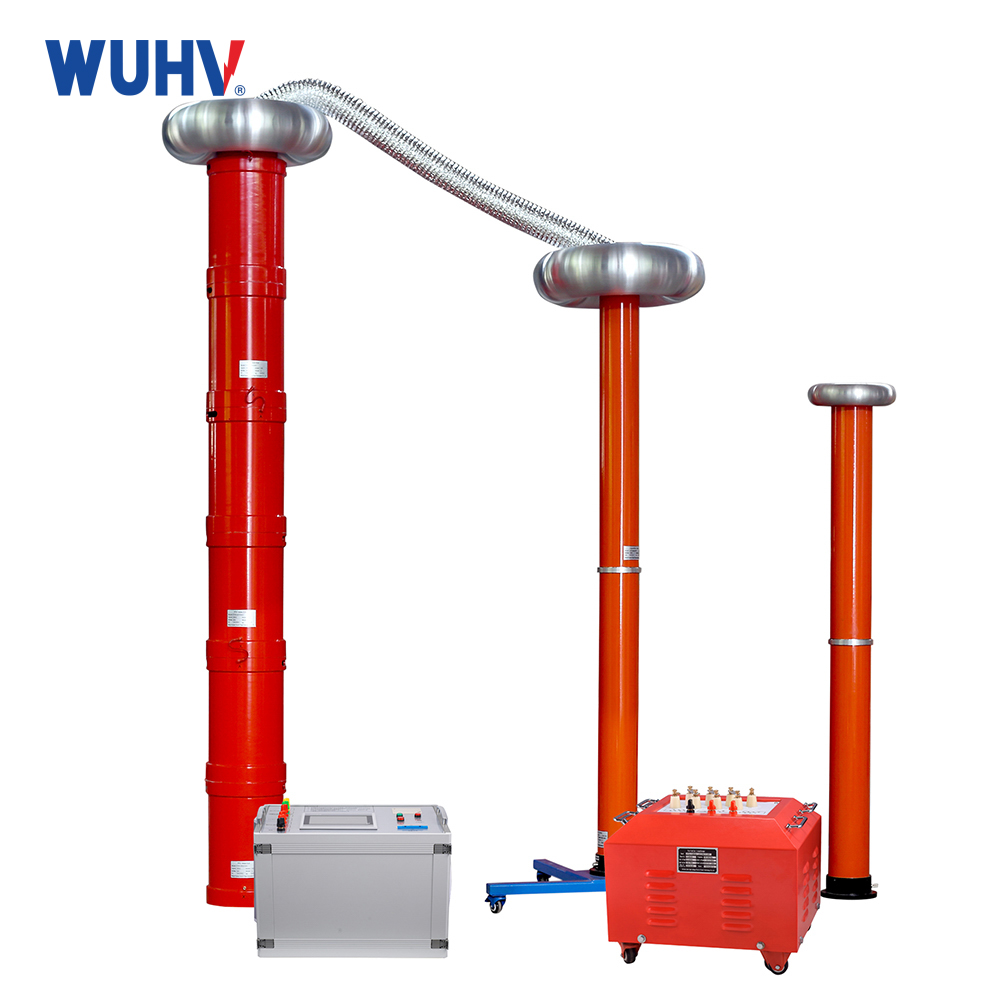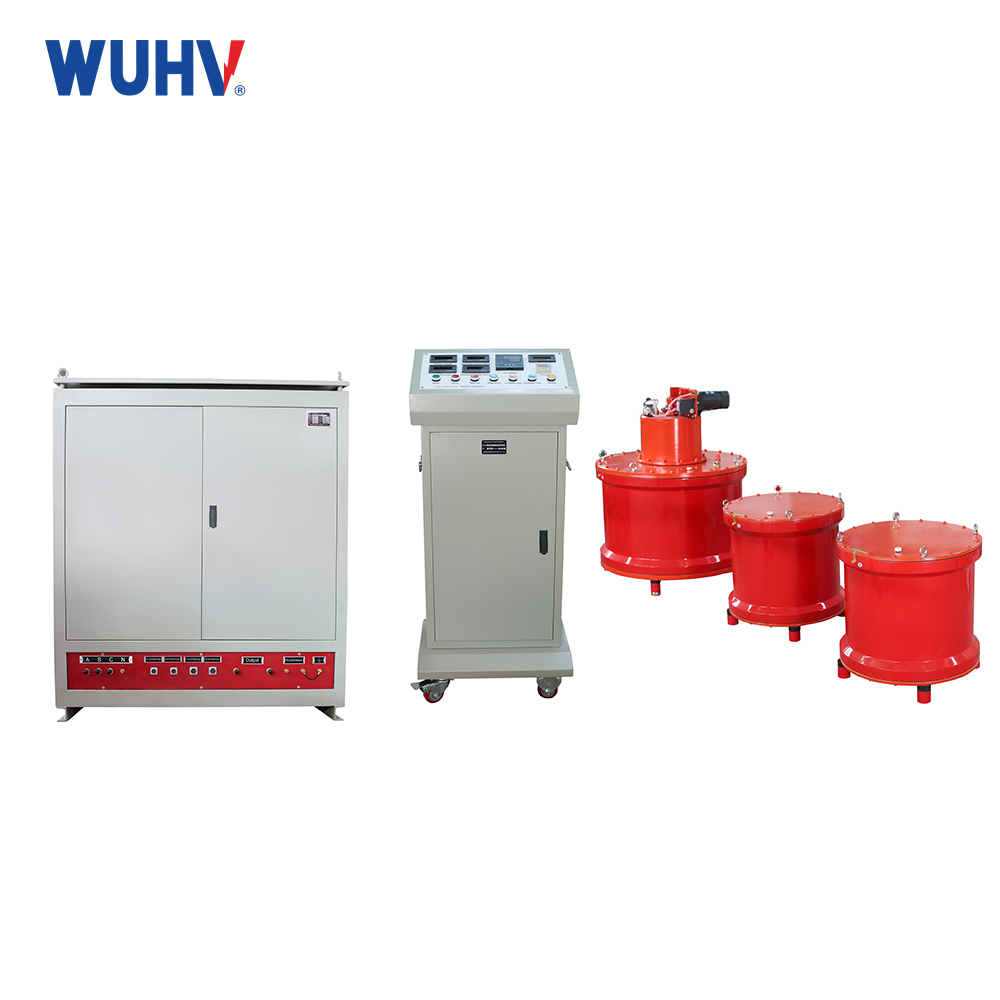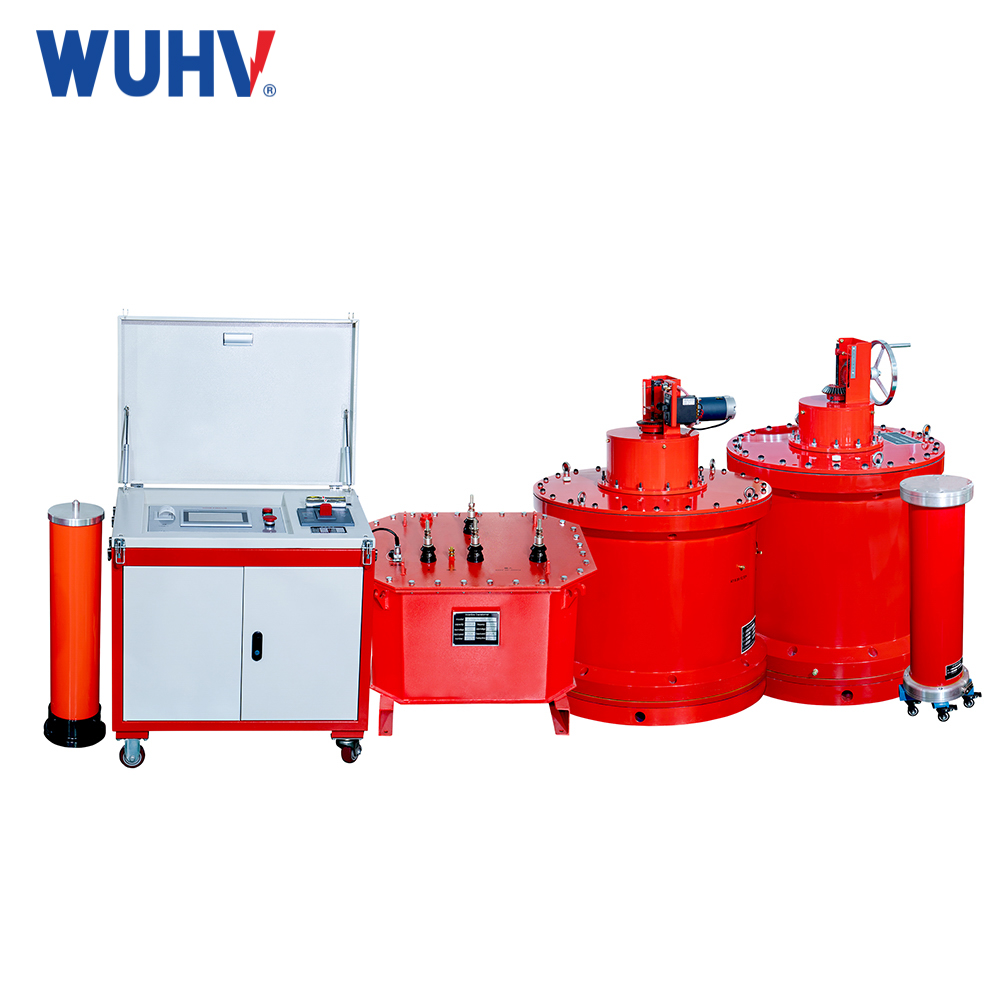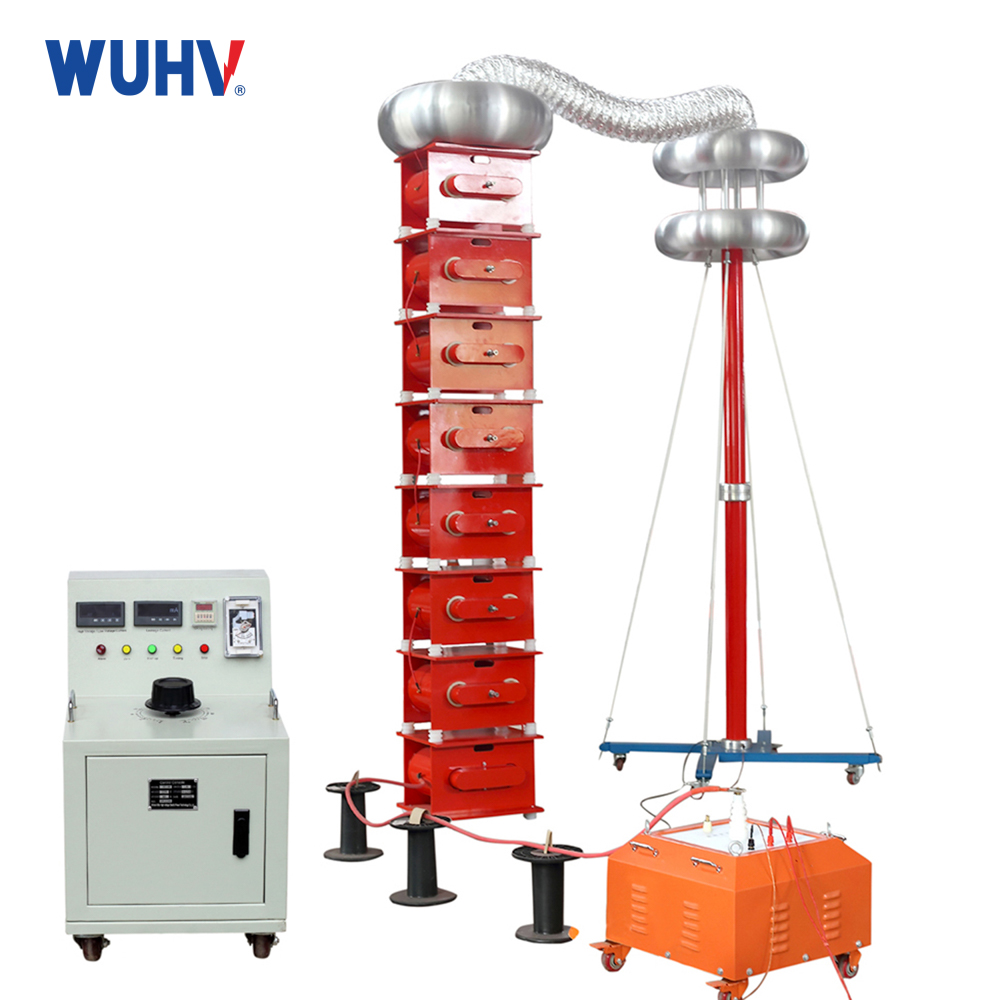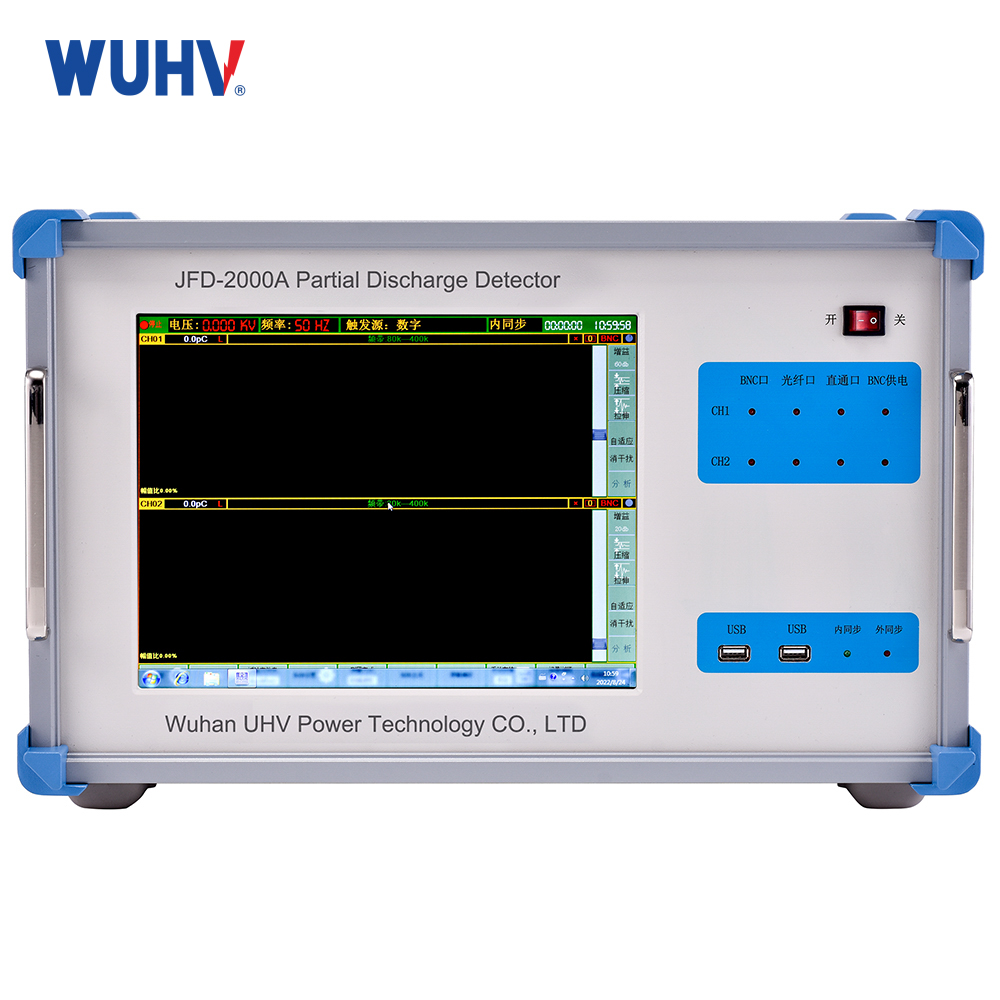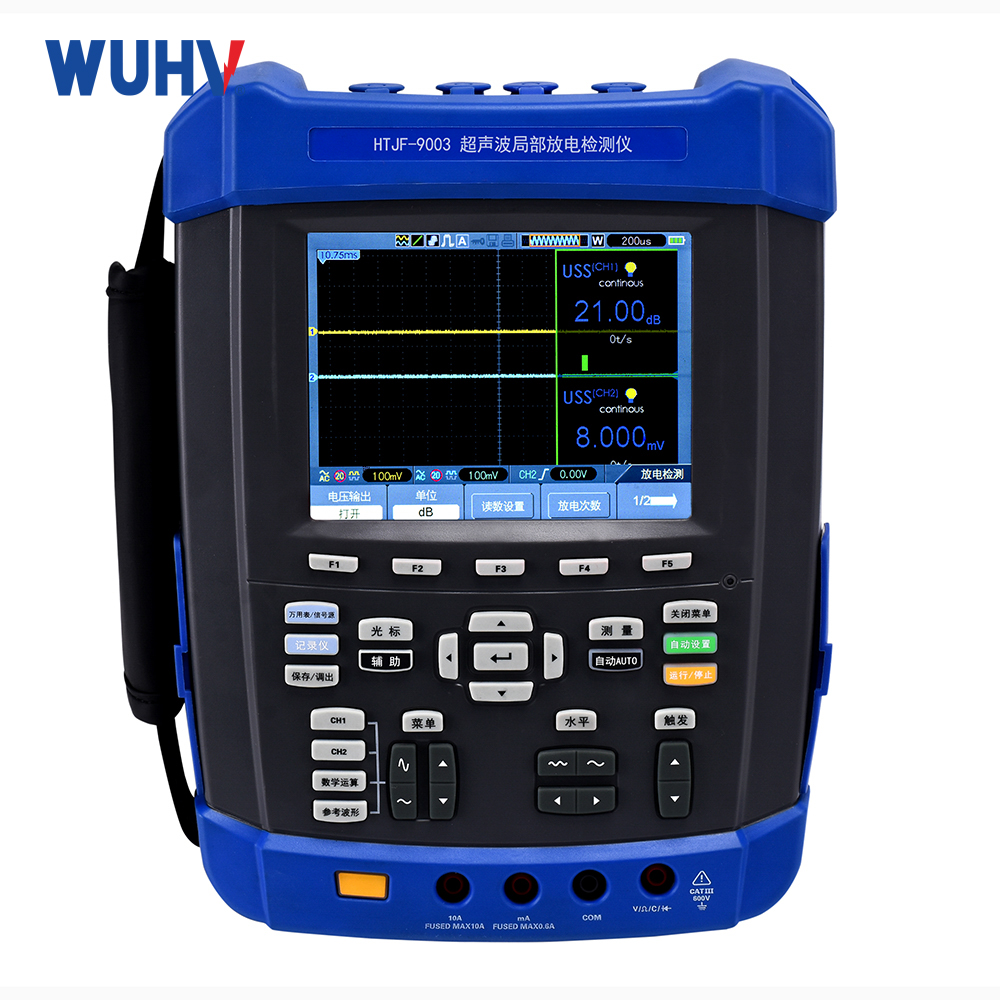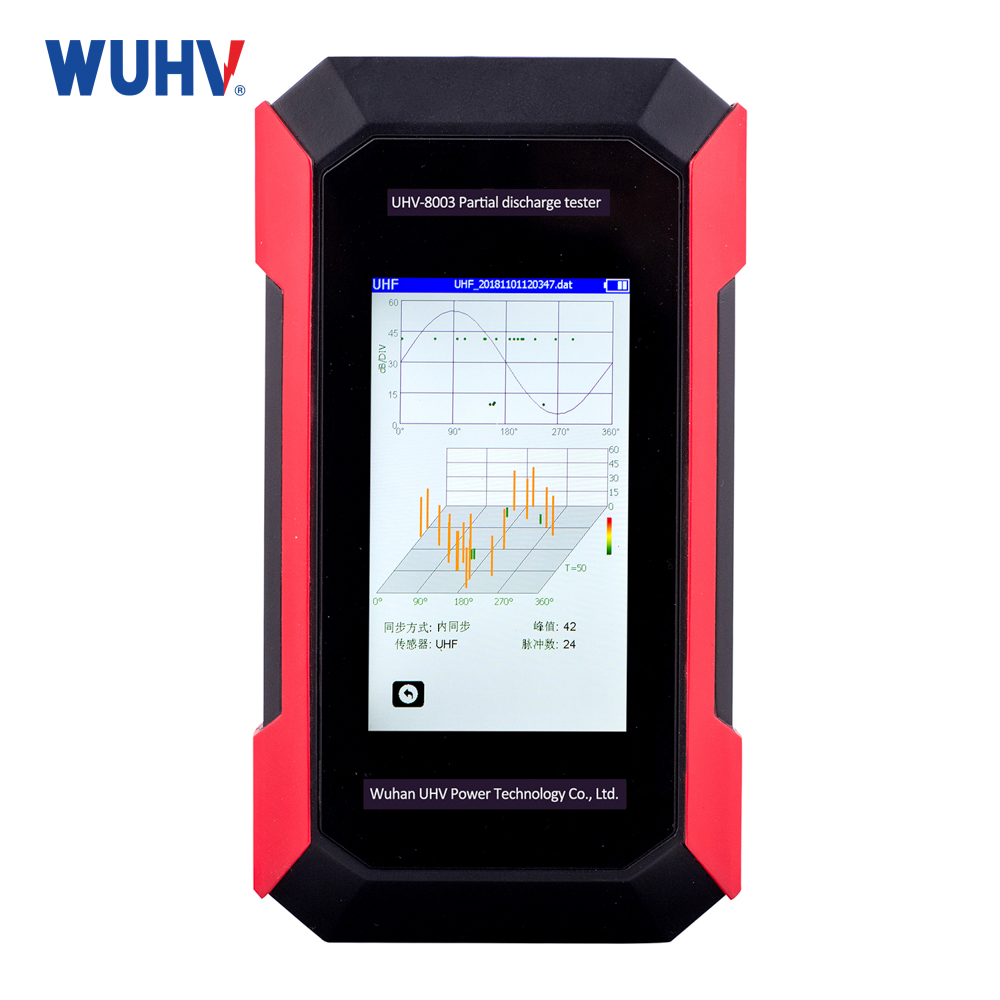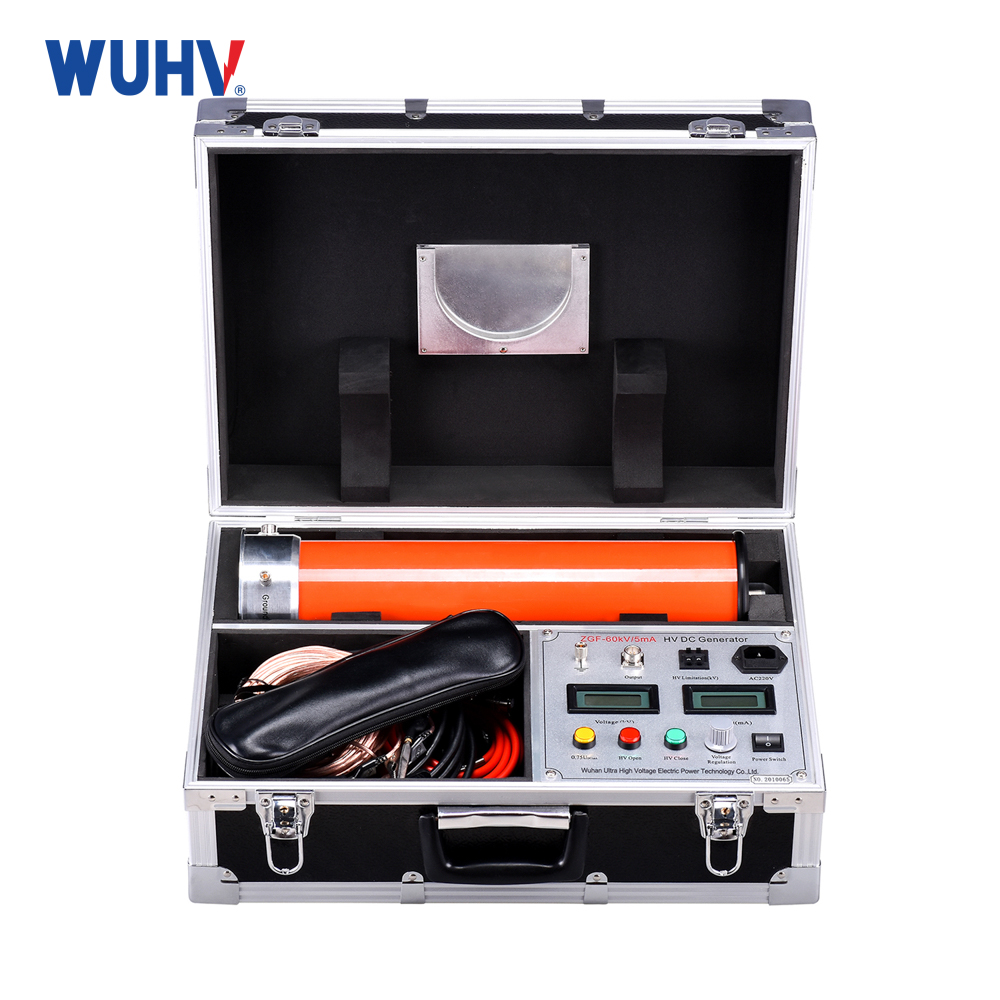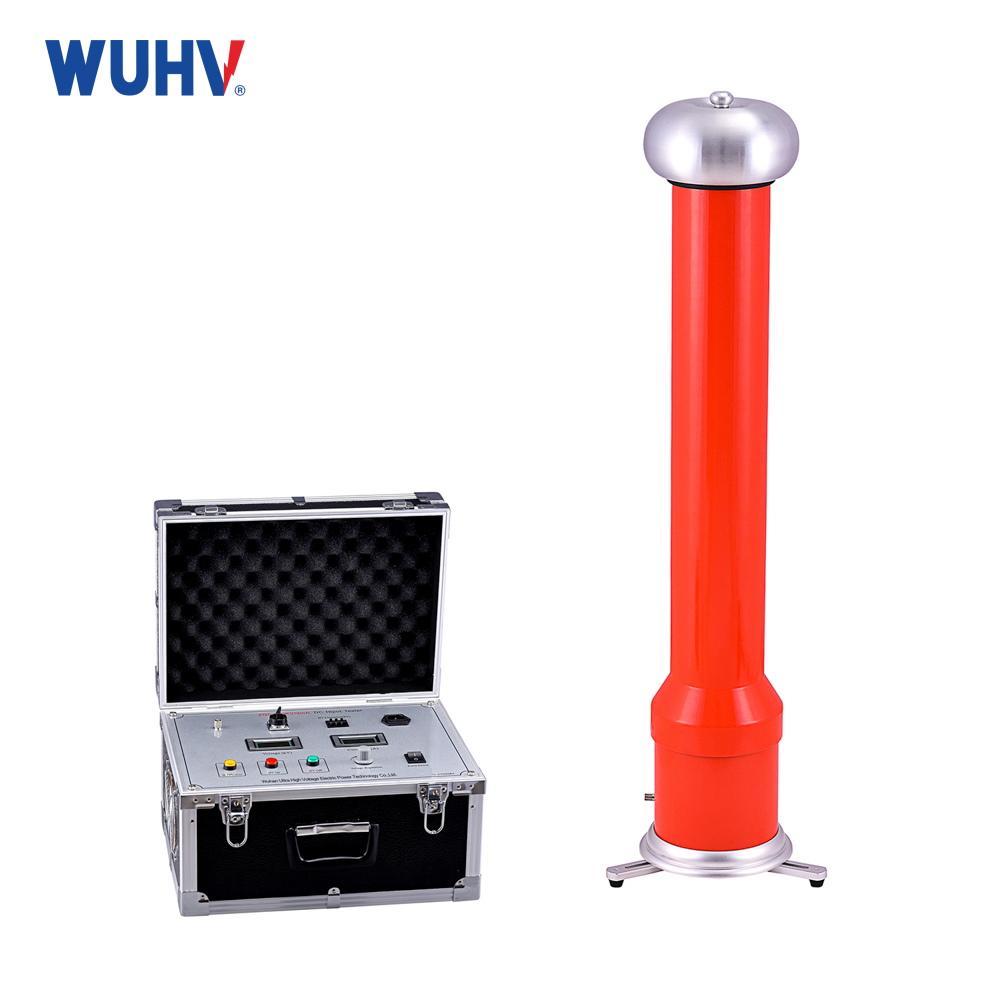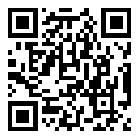The VLF cable tester under Wuhan UHV can help many power workers conduct various power tests more conveniently.
Core Voltage Parameters
1.Base Standard:
VLF testing applies 0.1 Hz AC high voltage at 2 to 3 times the cable’s rated voltage (U₀).
Examples:
10 kV rated cable → Test voltage: 22–28 kV (typically 28 kV).
35 kV rated cable → Test voltage: 70–105 kV (commonly 52–65 kV, subject to standards).
2.Calculation Basis:
Formula: Test voltage = (2.0 ~ 3.0) × Rated Voltage (U₀).
International Standards:
IEEE 400.2: Mandates 2U₀ for 15 minutes or 3U₀ for 30 minutes.
IEC 60502-2: Requires 3U₀ for new cables; diagnostic tests on aged cables may use 2U₀.
3.Safety Limits:
Never exceed 3U₀: Higher voltages risk damaging healthy insulation.
XLPE Cable Protection: 0.1 Hz polarity reversal prevents space charge buildup, ensuring test safety.
Special Scenario Adjustments
Aged/Damaged Cables: Voltage may be reduced to 1.6U₀ (supported by tanδ diagnostics).
Post-Repair Verification: 2U₀ for 15 minutes (per IEEE 400.2).
Note: Actual voltages must align with cable type (XLPE/EPR/PILC), service age, and local standards (e.g., GB/T 12706.4).



